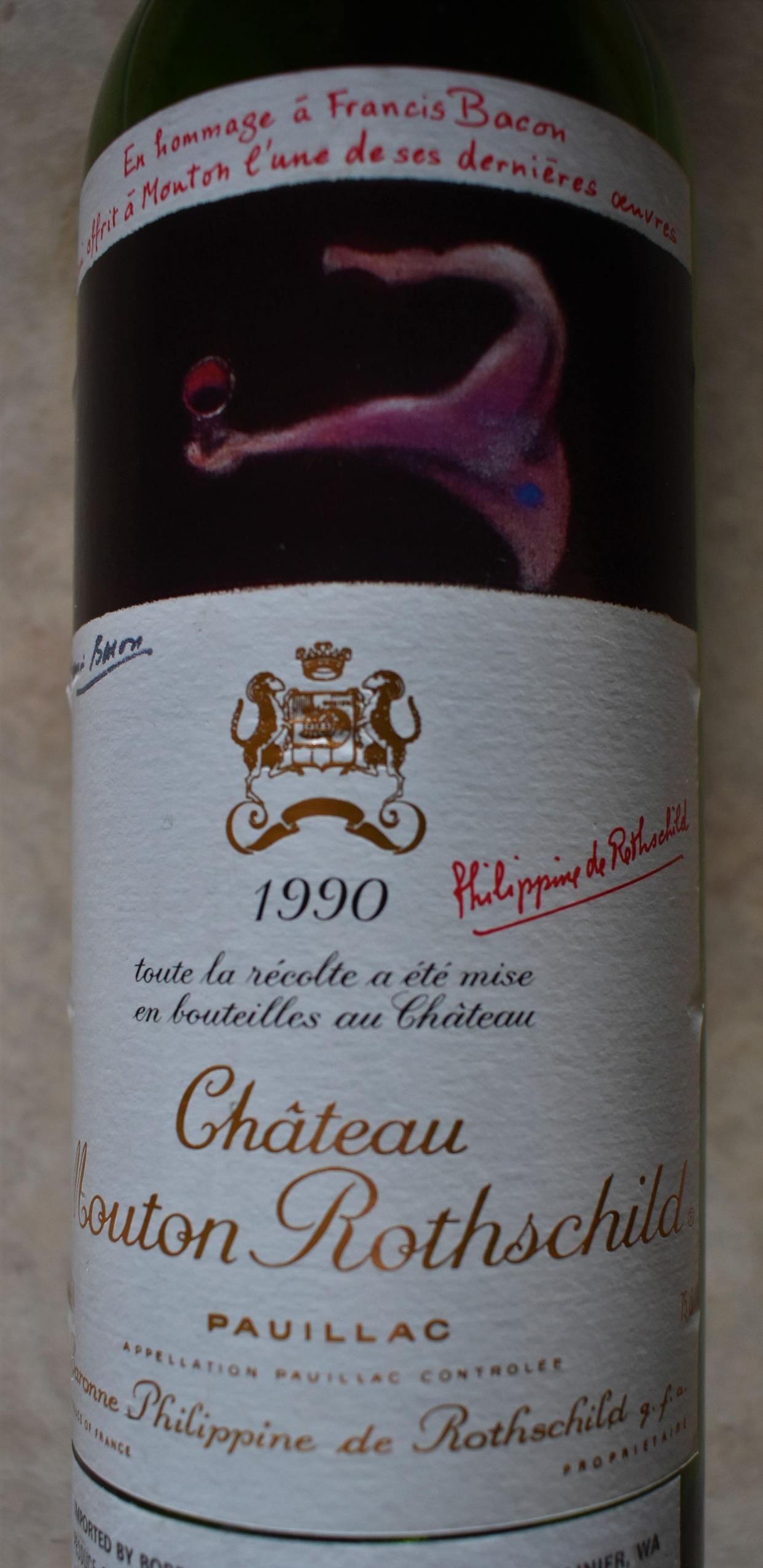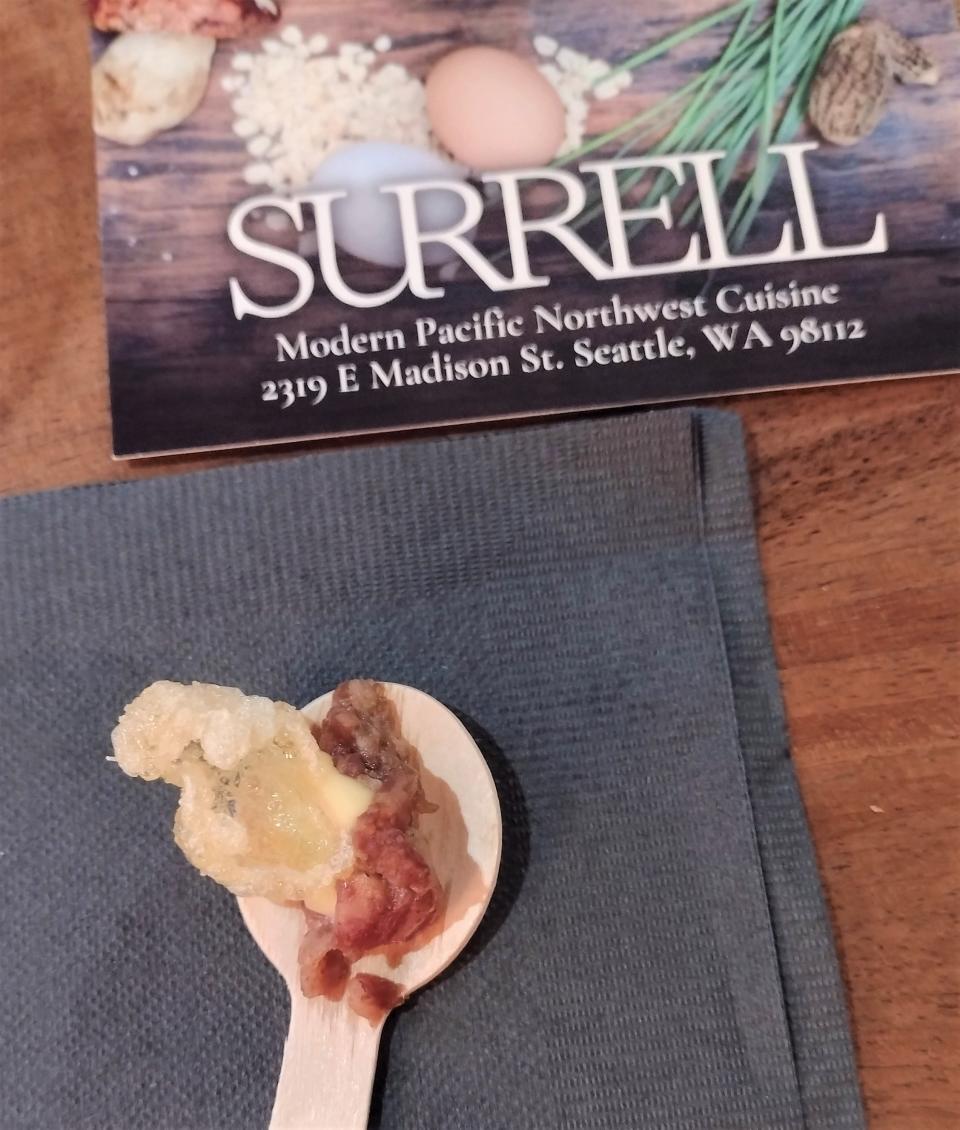Enjoying vintage wines that go best with long-time friends

It began with the extraction of a really long cork from a bottle of Cos d’Estournel from Saint Estephe in the Bordeaux region. It’s rare to find such a long cork these days. Today’s corks are at least an inch shorter than this one, if not a screw cap. Wines with those closures are best enjoyed in the near term.
Long corks are reserved for wines that can age gracefully. This above-mentioned long cork came out of a bottle of 22-year-old wine that was exquisite. The aroma was intense, the flavors were flawless and the finish was forever. My long-time wine buddy and I were in heaven. And that was the beginning of a journey of old wines for the next few weeks.
Next, we cruised to West Seattle to celebrate the 25th anniversary of Cadence Winery. Husband and wife team Ben Smith and Gaye McNutt opened Cadence Winery after several successful years of winemaking in their garage.
Winemaker Ben Smith, an alum of Boeing, also did several tours at other prominent Washington wineries in the early years. This led to valuable connections to well-known established vineyards on Red Mountain and with winemakers throughout the Pacific Northwest.
We tasted current releases, 2019 Camerata and the 2021 Coda from their Cara Mia Vineyard on Red Mountain. The wines from Cadence are blended in the manner of Bordeaux with Cabernet, Cabernet Franc, Merlot and sometimes Petite Verdot.
During the event, Ben would occasionally open an old bottle from the cellar. A 2006 Cara Mia Vineyard Bel Canto, a blend of almost equal parts of Cab Franc and Merlot, was opened, and then a 1998 Taptiel Vineyard blend of 49% Cab with Merlot, Cab Franc and a dab of Petite Verdot making up the difference.
The double magnum of 1999 Ciel du Cheval Vineyard Red Blend was amazing, as was the 1998 Taptiel Vineyard Blended Red. At 24 years old, the color of these wines showed little brick. They were wonderful and what a tasty education to experience the difference between years and vineyards.
These wonderful wines were accompanied by gourmet pizzas baked on site by the newish Seattle restaurant, Surrell. I had several savory slices of the goat cheese and mushroom and the cheese and beef pizzas. A very good reason to visit Seattle.
The following day, a long-time friend had invited me to accompany her to Hard Row to Hoe’s pop-up wine tasting at Surrell. The anticipation of more savory treats was on my mind as we made our way there, catching up and laughing at life.
I tasted one of the best Viogniers I’d had in a long time, a rosé and the S&M (Syrah and Malbec) red. The delightfully unusual bites that were paired with the wines were eye popping – and delicious. For the Viognier, a tiny taco-like bite with a shell made of thinly sliced turnip and stuffed with crab and chorizo and closed with a tiny clothes pin. For the rosé, a crostini topped with sherried mushrooms. And the pièce de résistance -- a spoon of beef tartare topped with tendons frozen, then sliced thin, then deep fried. I had several. They were small and deliciously tempting.

The next weekend was the annual Easter eve celebration, which hadn’t happened in a few years. More long-time friends and family gathered on the canal and the food and wine flowed. One friend brought two old bottles of French wine found in a relative’s Oregon garage.
The Mouton Cadet didn’t have a vintage on the label but with $4.95 price tag, one can imagine how old you were when this wine was made. The other bottle was a 1970 La Louviere from Pessac Leognan, southwest of the town of Bordeaux.
Now 1970 was a very good year in Bordeaux, but unfortunately, neither wine was stored very well. The temperature of a garage will fluctuate greatly with the seasons. And you could tell that from looking at the bottles.
The Mouton Cadet ullage (space between the wine and the cork) was well below the shoulder. Not a good sign. The La Louviere was just below the neck. I pronounced them ready to drink now. And so we carefully extracted the corks. And thankfully, they came out in one piece.
The non-vintage Mouton Cadet was not a pretty wine. But the La Louviere did captivate my attention. Though unclassified, the estate was first planted to the vine in 1476. After Andre Lurton purchased it in 1965, it became well-known and well regarded.
The wine was neither great nor terrible, but rather a rare occasion to taste a really old non-classified Bordeaux from a 5-star vintage. I was happy to experience it.
Another 5-star vintage was 1990, and I just happened to have some in my cellar. The Chateau Mouton Rothschild was the star of Easter brunch with a bunch of long-time friends. A few of those friends were familiar with the prestigious Chateau and others not so much. But it was great to see the reactions.
Being a very expensive and special wine, my one caveat was it could not be drunk out of a plastic or styrofoam cup, ala Miles of "Sideways" fame with his 1961 Cheval Blanc, a Bordeaux from the right bank.
Mouton Rothchild is one of Bordeaux 5 first growths. The others, since 1855 classification, are Haut Brion, Lafite Rothschild, Latour and Margaux – all left-bank Bordeaux. Cabernet is the dominant grape in these wines, whereas right-bank Bordeaux would be primarily Merlot and Cab Franc.
This wine was a blend of 81% Cab, 10% Cab Franc and 9% Merlot. It took a bit for the nose to open up but when it did it was heaven. The color was ruby with a slight orange rim, a telltale sign of an old wine. The finish was silky and long. A memorable wine.
We finished with another wine from another cellar -- Joh. Jos. Prum Gracher Himmelreich Riesling Auslese from the excellent 2015 vintage. The wine was sweet with mouthwatering acidity, rich, full bodied and very golden in color. Proof that even Riesling can age very gracefully.
German wine law is different from the French classification system. The French system bases a wine’s pedigree on the vineyard. In Germany, the quality of the wine is measured by the ripeness and thus sugar content of the grapes with a minimum must weight for each of the Prädikatswein classifications.
The acidity, sugar at harvest and alcohol are highly regulated for each of the six categories. Going from the least sweet to the sweetest are Kabinett, Spatlese (late harvest), Auslese (select harvest), Beerenauslese (select berry harvest), Trockenbeerenauslese (dried berry select) and Eiswein (frozen on the vine grapes). In conclusion, there are some wines are wonderful with some age on them. And the acidity, sugars and balance are of utmost importance in the aging process. That and a cool, consistent temperature where it’s stored and a long cork. Cheers.
Mary Earl has been educating Kitsap wine lovers for a couple of decades, is a longtime member of the West Sound Brew Club and can pair a beer or wine dinner in a flash. She volunteers for the Clear Creek Trail and is a longtime supporter of Silverdale.
This article originally appeared on Kitsap Sun: Enjoying vintage wines that go best with long-time friends

